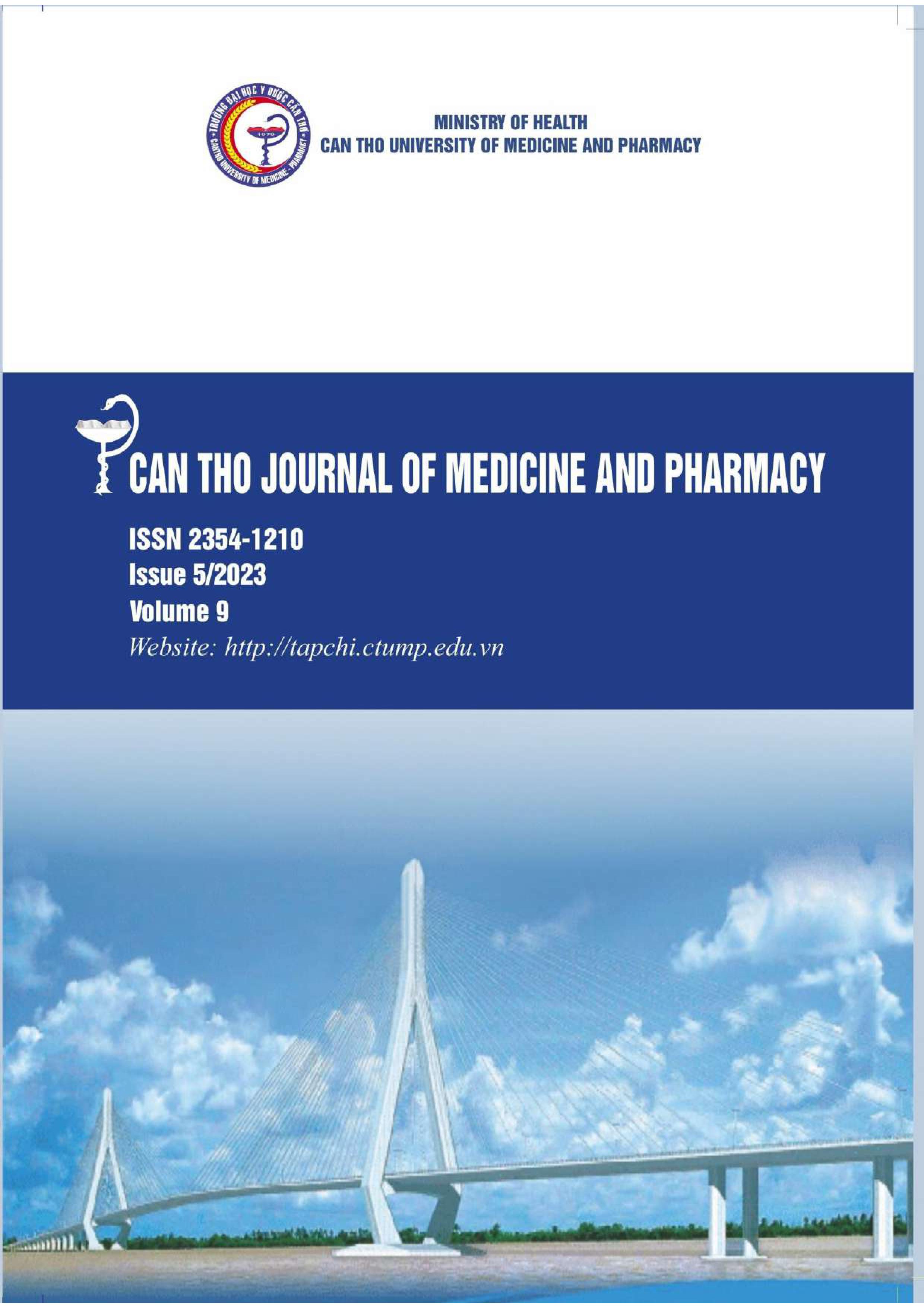RESEARCH ON THE PREPARATION OF AMLODIPINE 5MG IMMEDIATE-RELEASE FILM-COATED TABLETS TO IMPROVE ACTIVE INGREDIENT’S STABILITY
Main Article Content
Abstract
Background: Amlodipine is a representative active ingredient of calcium channel blockers. In addition to the general advantages of calcium channel blockers in treating hypertension, amlodipine also effectively controls blood pressure for 24 hours and has no or just a little effect on neurohormonal activation, so it does not cause high blood pressure at the last dose. However, amlodipine has a plasma half-life of between 30 and 40 hours, slowing the drug's action duration. Besides, amlodipine is very hygroscopic, causing instability during storage and leading to loss of drug efficacy. Objectives: To design and optimize the formula of amlodipine 5 mg immediate-release film-coated tablets and formulate a film coating for amlodipine 5 mg immediate-release film-coated tablets. Methods: The immediate-release tablet was formulated by direct compression method and designed by Design-Expert software with different types and numbers of super disintegrants. Evaluation of the solubility of each formula to determine the most optimal one; Formulation of the protective coating to help to stabilize the tablet. Results: Preparation of immediate-release filmcoated tablets containing amlodipine 5 mg with a 30-minute release of 96.76% of the active ingredient; formulation on the protective coating including titanium dioxide, PEG 6000, talc, HPMC E6, colorant, alcohol 96%, and distilled water. Conclusion: The research showed that the content of the amlodipine coating tablet released at 30 min in a pH 1.2 medium was near the maximum level and did not change significantly during 6 months of storage.
Article Details
Keywords
Amlodipine besylate, fast-acting tablets, protective coating
References
2. Cerea, M., Zheng, W., Young, CR, & McGinity, JW (2004), A novel powder coating process for attaining taste masking and moisture protective films applied to tablets, International Journal of Pharmaceutics, 279(1-2), pp. 127-139.
3. Kasture, A. V., & Ramteke, M. (2006), Simultaneous UV-spectrophotometric method for the estimation of atenolol and amlodipine besylate in combined dosage form, Indian Journal of Pharmaceutical Sciences, 68(3), pp. 394-396.
4. Ministry of Health (2018), National Pharmacopoeia of Vietnam, p. 187-188, 976-979.
5. S. Mohamed Halith, et al. (2014), Formulation and evaluation of bilayer tablets of amlodipine besylate and metoprolol in the treatment hypertension, International Journal of Pharmaceutical Sciences Review and Research, 28(1), pp. 111-118.
6. Rajesh, M., Nagaraju, K., & Buhary, SSM (2012), Formulation and evaluation of clarithromycin immediate release film-coated tablets, Cellulose, 4(5), pp. 352-357.
7. Elliott, William J., and C. Venkata S. Ram. (2011), Calcium channel blockers, The Journal of Clinical Hypertension, 13(9), pp. 687-689.
8. World Health Organization (2021), Guideline for the pharmacological treatment of hypertension in adults: web annex A: summary of the evidence, World Health Organization.
9. Zaid, AN, et al. (2014), Formulation and bioequivalence of two Valsartan/Amlodipine immediate release tablets after a single oral administration, Pakistan Journal of Pharmaceutical Sciences, 27(4), pp. 755-762.


